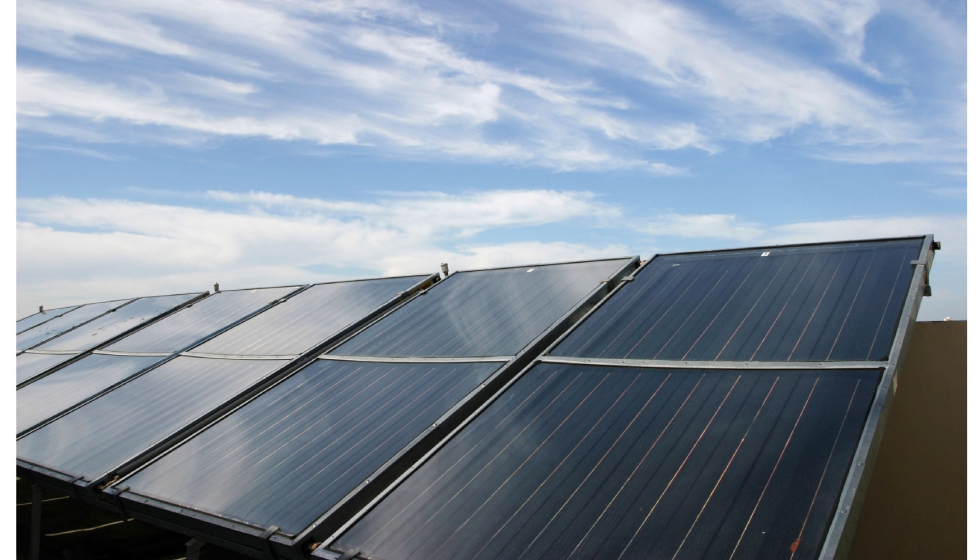Carbon footprint of photovoltaic solar energy systems

To calculate the carbon footprint in the manufacture of a photovoltaic solar energy system, the "product stage" of the solar panels is taken into account, which is subdivided into three modules, A1, A2 and A3, which represent the "supply of raw materials ”,“ transportation ”and“ manufacturing ”, respectively, analyzed the stages of the life cycle from the“ cradle to the door ”:
- A1: extraction and processing of the raw materials that are required to be able to produce the photovoltaic solar panel in the last instance.
- A2: transport of the necessary raw materials to the facilities where the solar panel is manufactured.
- A3: solar panel production at the factory: panel production including energy and water consumption; production of auxiliary materials; production of packaging; and transport and management of generated waste.
Subsequent processes, transportation and the installation of the solar panels are outside the scope studied, and the functional unit that was chosen was the production of one square meter of finished solar panel.
For the modeling of the manufacturing process, production data from the factory for a full year of:
- Consumption of matter and energy.
- Emissions to the air.
- Waste.
- Residuous generation.
CO2 emissions per kWh generated by a solar thermal collector compared to that of a photovoltaic panel
To carry out this calculation, two estimates were made, the first is that the useful life of the solar collector is 30 years, and that the collector has been installed with the climatic conditions of Madrid. Taking these parameters into account, the average energy generated by a solar thermal collector in 30 years is 56,290 kWh. Dividing this value by the cost of the carbon footprint, we have that the solar thermal collector has a carbon footprint cost per unit of energy of 2.1 grCO2 / kWh.
Regarding photovoltaic technology, also considering a useful life of thirty years, and that the panel is installed in Madrid, the amount of energy generated by a photovoltaic solar panel is 16,710 kWh. Thus, the carbon footprint of a photovoltaic solar panel per kWh is 29.8 grCO2 / kWh.
In this table you can see the comparison between both technologies at the carbon footprint level:
In this case, per kWh generated, solar thermal energy only emits 2.1 grams of CO2, while photovoltaic emissions are 14.4 times higher.
Finally, a CO2 return has been calculated for both technologies, that is, the time required to offset the emissions incurred to produce the collector / module, given the energy produced with the technology. 2 scenarios have been carried out: gas or electricity, depending on which technology had been used instead of solar.
For the calculation, each kWh of gas burned is equal to 180 grCO2, and each kWh of electricity from the grid is equal to 308 grCO2 (Spanish reference).
In the gas substitution scenario, considering an energy production of 1,810.21 kWh / year per solar thermal collector, a carbon footprint of 112.55 kg CO2 and avoided emissions of 325.8 kg CO2 / year, the return of CO2 is 0.35 years, while the CO2 return from the photovoltaic solar panel is 4.97 years.
In the electricity substitution scenario, considering an energy production of 1,810.21 kWh / year per collector, a carbon footprint of 112.55 kg CO2 and avoided emissions of 557.5 kg CO2 / year, the return of CO2 is 0.20 years, while the CO2 return of the photovoltaic solar panel is 2.90 years.